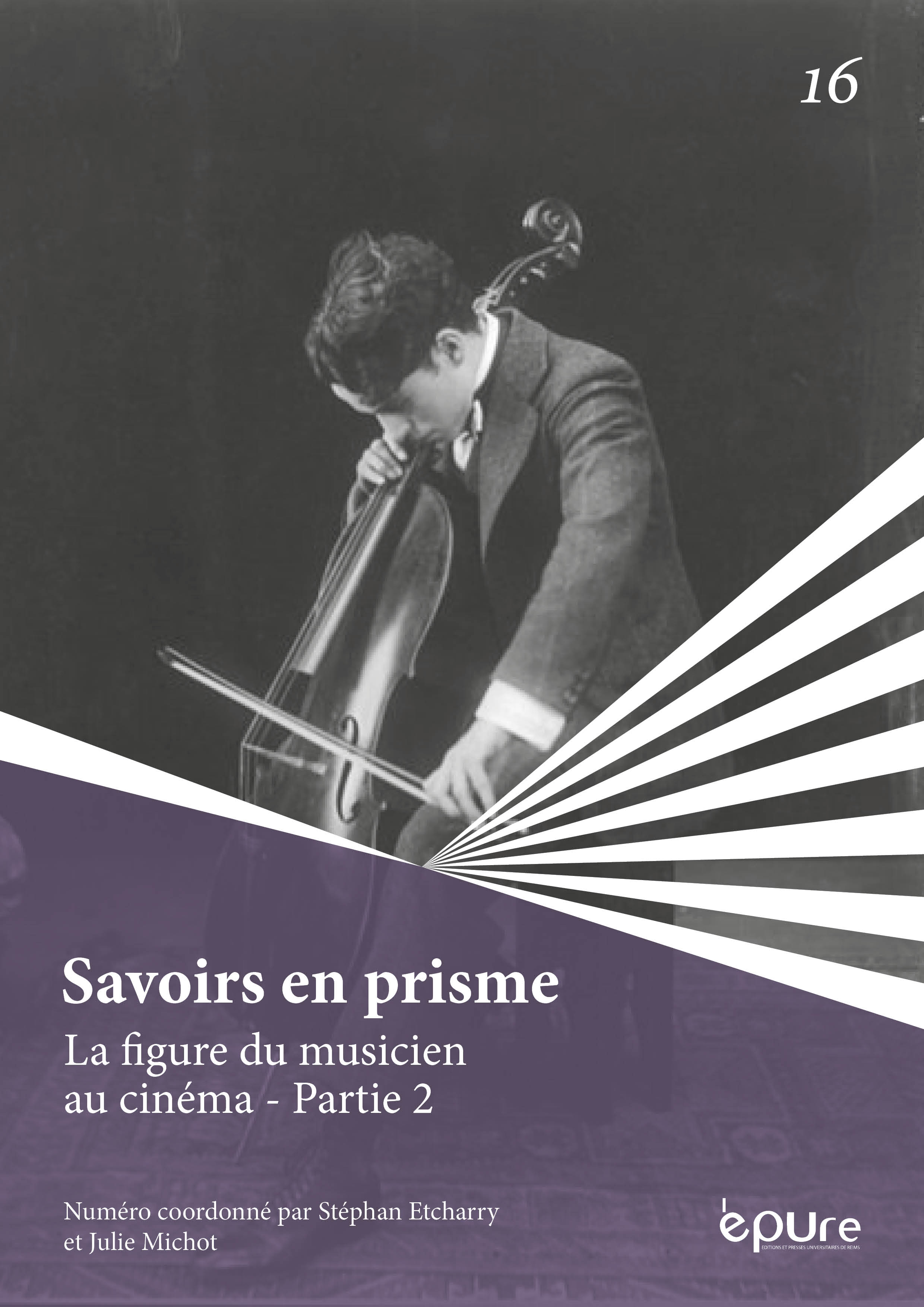Ensemble and Otherness: The Jazz Musician in Robert Altman’s « Kansas City » (1996)
Resumen
This article examines the representation of the jazz musician in Robert Altman’s 1996 crime drama Kansas City. The film features contemporary musicians playing the roles of notable jazz musicians of the 1930s – including Coleman Hawkins, Mary Lou Williams and Ben Webster – and it places the Kansas City jazz scene at the center of the film’s narrative.
In form similar to the cutting contest that lies at the heart of the film’s story, this article offers two differing perspectives on the role of the jazz musician in Kansas City. One perspective suggests that, in the film, jazz makes it possible for people to work collectively, while the other suggests that jazz serves as a marker of otherness and difference. These themes are examined in relation to the political power of jazz, and the article examines how these are articulated through the music that plays throughout film. The film’s uncompromising engagement with issues of race and representation weaves through the narrative’s fugue-like structure with diegetic and non-diegetic jazz music. At the film’s core is the representation of the figure of the jazz musician and the world they inhabit at the epicenter of the jazz world, Kansas City in the 1930s.
Derechos de autor 2022 Savoirs en prisme

Esta obra está bajo licencia internacional Creative Commons Reconocimiento-NoComercial-CompartirIgual 4.0.


